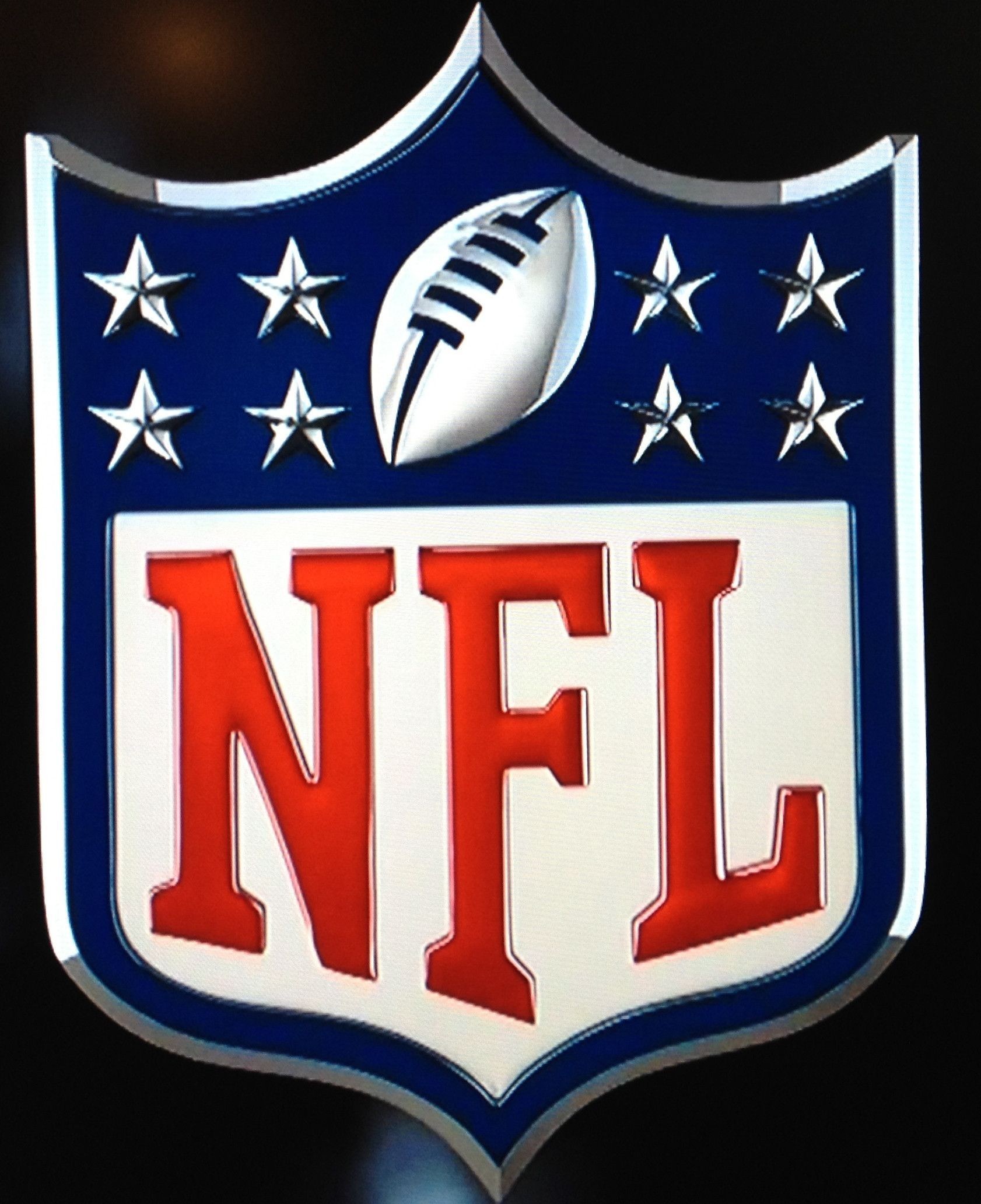Understanding BET: The Origins and Audience of Black Entertainment Television
Introduction: The Genesis of BET and Its Mission
Black Entertainment Television (BET) stands as one of the most influential cable networks in American media history. Founded in 1980 by Robert L. Johnson, BET was created to address a critical gap in the television landscape: the lack of programming specifically designed for African American audiences . Johnson, a former cable industry lobbyist, saw the need for representation and cultural affirmation in media, which led to BET’s launch as a modest two-hour weekly block before expanding into a full-fledged channel [1] , [3] . From its inception, BET’s primary objective was to provide content that resonated with Black Americans, reflecting their experiences, interests, and aspirations.
Defining the Target Audience: African American Viewers
BET was explicitly created to appeal to Black American audiences , especially young adults. This demographic was historically underrepresented in mainstream media, both in front of and behind the camera. BET’s early programming focused on music videos, reruns of popular Black sitcoms, and original shows that spoke to the unique cultural and social interests of African Americans [4] , [1] . Over the years, this focus expanded to include a wider age range and interests, but the core mission remained the same: serve as a platform for Black culture and voices.
According to a BET survey in 2001, over half of Black viewers felt the network reflected their interests and concerns, demonstrating the network’s resonance with its intended audience [5] . Today, BET continues to tailor its content, from entertainment and news to award shows, aiming to maintain a strong connection with the Black community.
Programming Evolution: Meeting the Demands of the Community
In its formative years, BET’s programming consisted mainly of music shows, such as “Video Soul,” and reruns of Black sitcoms. This approach capitalized on the popularity of Black artists and the absence of similar content on other channels [3] . As viewership grew, BET diversified its content to include:
- Politically-oriented news programs addressing issues relevant to the Black community
- Comedy showcases highlighting Black comedians and cultural humor
- Talk shows and discussion forums on social topics
- Sports features and documentaries on Black athletes and historic events
- Special events like the annual BET Awards, which celebrate Black achievement in entertainment, sports, and other fields
The network’s programming choices were informed by ongoing audience research and feedback, ensuring continued relevance. For example, BET Her was launched to focus specifically on Black women, while sub-channels like BET Hip-Hop and BET Soul provided genre-specific music programming [3] .
Real-World Impact: Representation and Cultural Affirmation
BET’s emergence filled a significant void in the American media landscape. For many viewers, it represented more than entertainment; it was a source of cultural affirmation and pride. Examples of this impact include:
- Providing a national platform for Black artists, musicians, and creators who were often overlooked by mainstream outlets
- Educating viewers on political and social issues affecting Black communities
- Celebrating Black excellence through high-profile events such as the BET Awards
Through these initiatives, BET not only entertained but also empowered its audience, amplifying voices that previously had little exposure on national television [1] .
Accessing BET and Similar Media Resources
BECAME widely available as cable and satellite TV expanded. Today, BET can be accessed through most major cable and satellite providers, as well as digital streaming platforms like Paramount+ and YouTube TV. To access BET programming or learn more about its offerings, you can:
- Contact your local cable or satellite provider and request BET as part of your channel package
- Explore digital streaming services that include BET, such as Paramount+ (search “Paramount+ BET” for current programming options)
- Visit the official BET website for schedules, news, and digital exclusives (search for “BET official site”)
If you are interested in content similar to BET but tailored to specific interests, consider searching for sub-channels like BET Her or BET Gospel. Many streaming services now offer customizable packages that include these channels.
For those wanting to discover other Black-focused media networks, you may search for “Black-owned television networks” or “African American cultural channels” to find current options, as the media landscape continues to evolve.
Challenges and Opportunities for Audience Engagement
BET’s journey has not been without challenges. As digital media and streaming platforms have reshaped how audiences consume content, BET has had to innovate to maintain its connection with viewers. Some of the most common challenges include:

Source: logos-world.net
- Adapting to changing media consumption habits, especially among younger audiences who prefer on-demand and mobile content
- Competing with a growing number of Black-focused digital outlets and influencers on social media platforms
- Balancing entertainment value with substantive cultural and political programming
To address these challenges, BET and similar networks are increasingly investing in digital initiatives, original online content, and interactive experiences. For example, some award shows and special events now feature companion apps and social media campaigns to engage younger viewers.
If you want to stay informed about BET’s latest offerings or participate in audience engagement opportunities, you can:
- Sign up for BET newsletters via their official website (search “BET newsletter sign-up”)
- Follow BET’s verified social media accounts for real-time updates and interactive features
For industry professionals or aspiring creators, BET occasionally offers open casting calls, talent competitions, and internship opportunities. These are typically announced on the official BET website or through their verified social media channels. To explore these, you may check official announcements or search for “BET casting calls” or “BET internships.”

Source: tv2know.blogspot.com
Alternative Approaches: Finding Community-Centric Media
While BET remains a leading provider of Black cultural programming, audiences seeking alternative or complementary content can explore:
- Local public access channels that feature community-produced content by and for Black audiences
- Online platforms such as YouTube, which host a wide range of Black creators and community-focused channels
- Podcasts and digital radio stations that highlight Black issues, entertainment, and culture
To find these resources, you can search using terms like “Black media podcasts,” “African American YouTube channels,” or “community Black radio.” Many organizations also maintain directories of Black-owned media outlets, which can be found through industry associations or advocacy groups.
Key Takeaways
BET was established to fill a void in American television by targeting the entertainment and informational needs of Black American audiences. Its programming and culture have had a lasting impact, providing both a platform for Black talent and a sense of representation for viewers. As media continues to evolve, BET and similar networks are adapting to ensure they remain relevant and accessible. Whether through traditional cable, digital streaming, or social media, there are more ways than ever to connect with content that speaks to the Black experience.
References
MORE FROM couponnic.com













